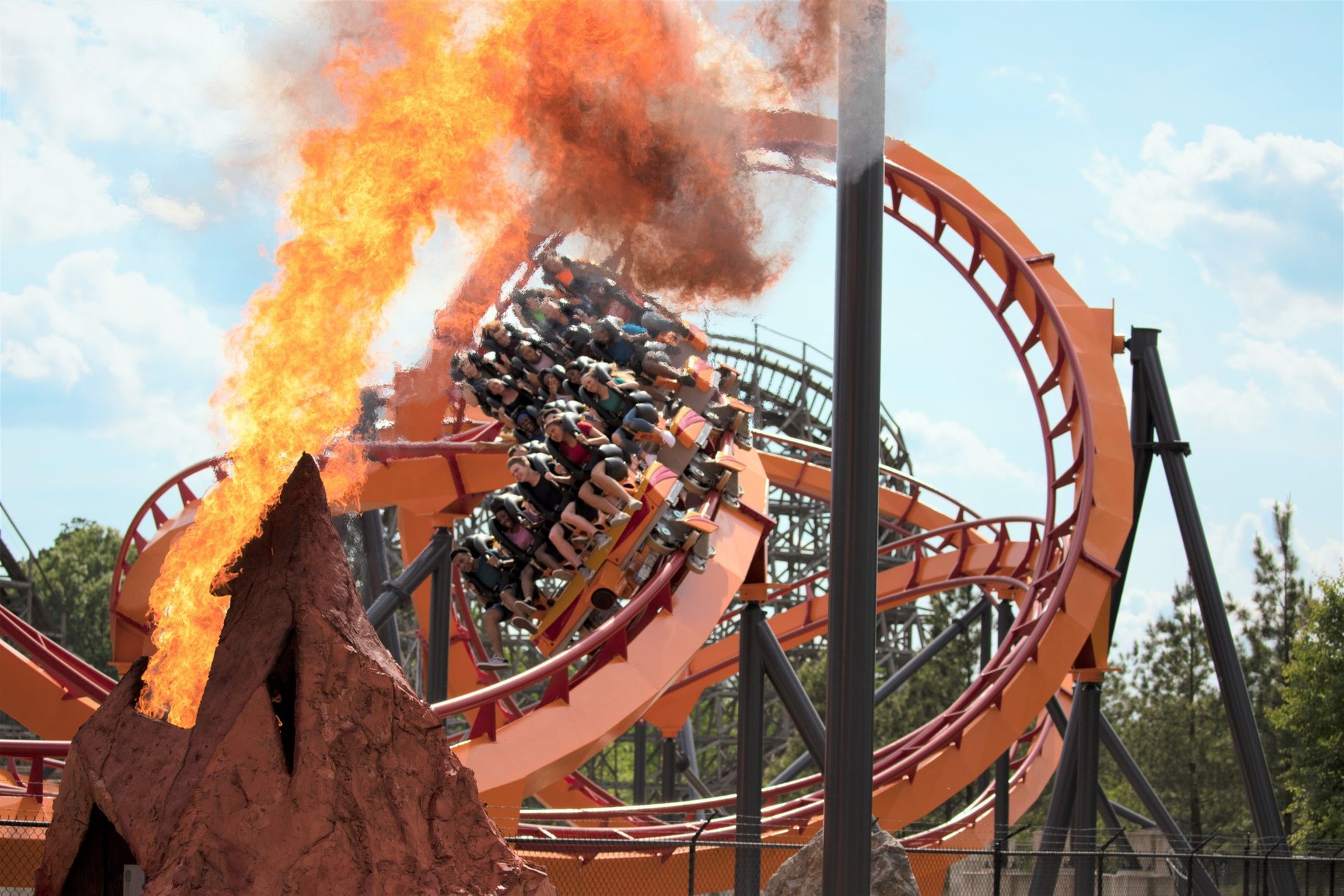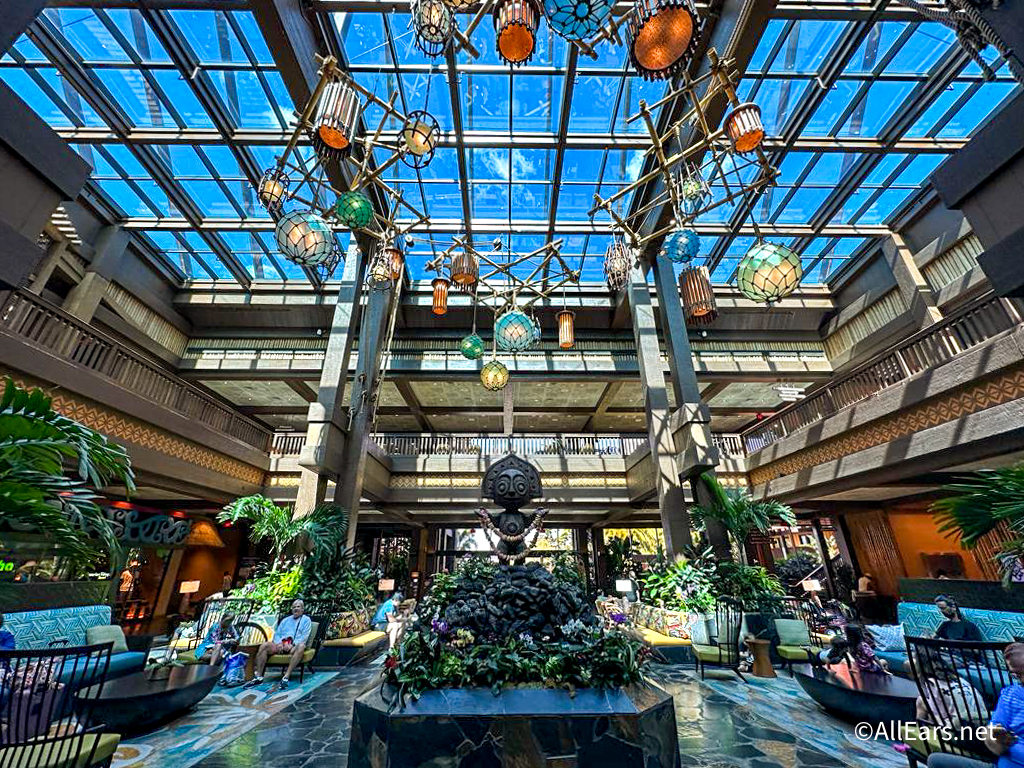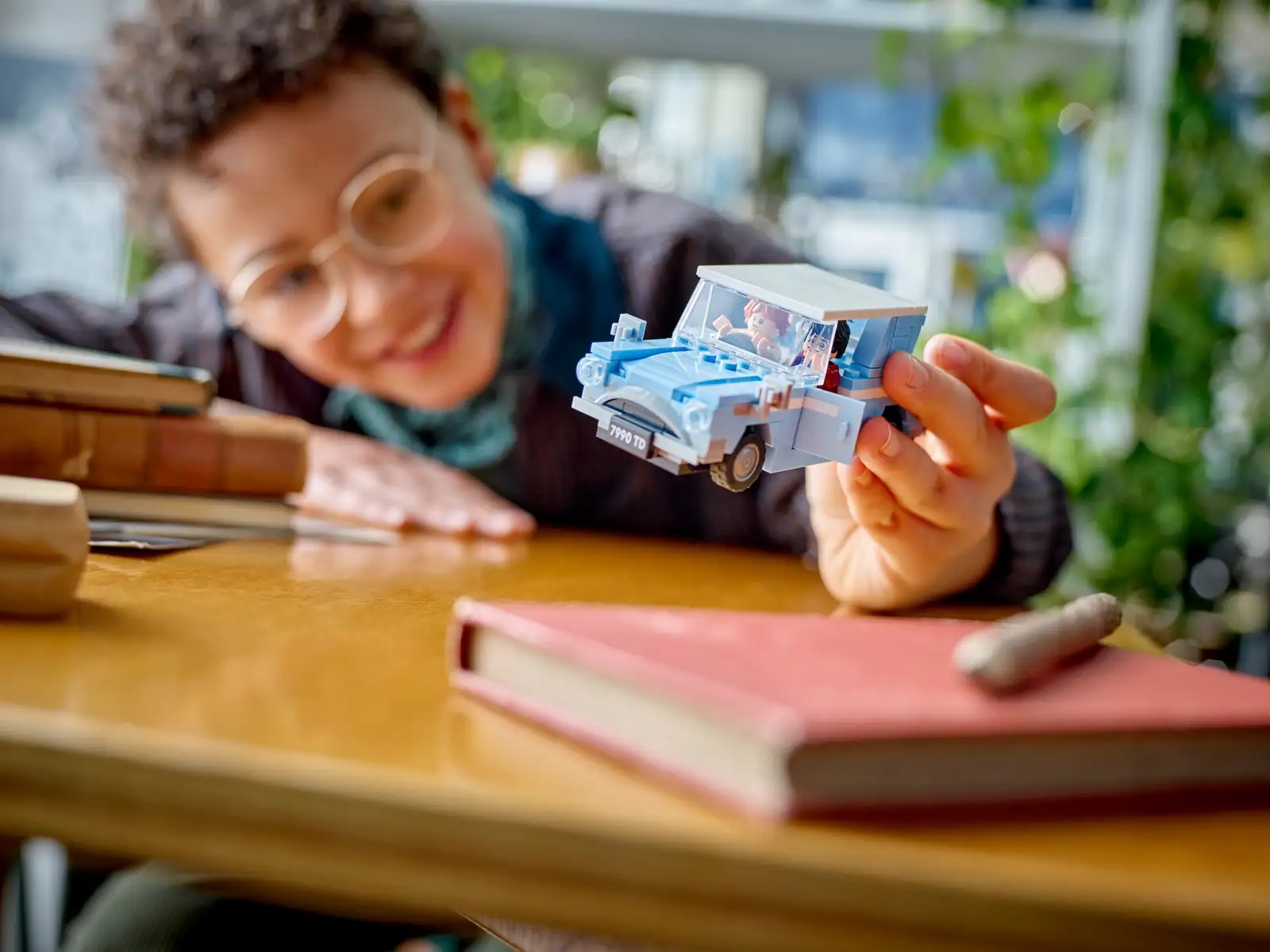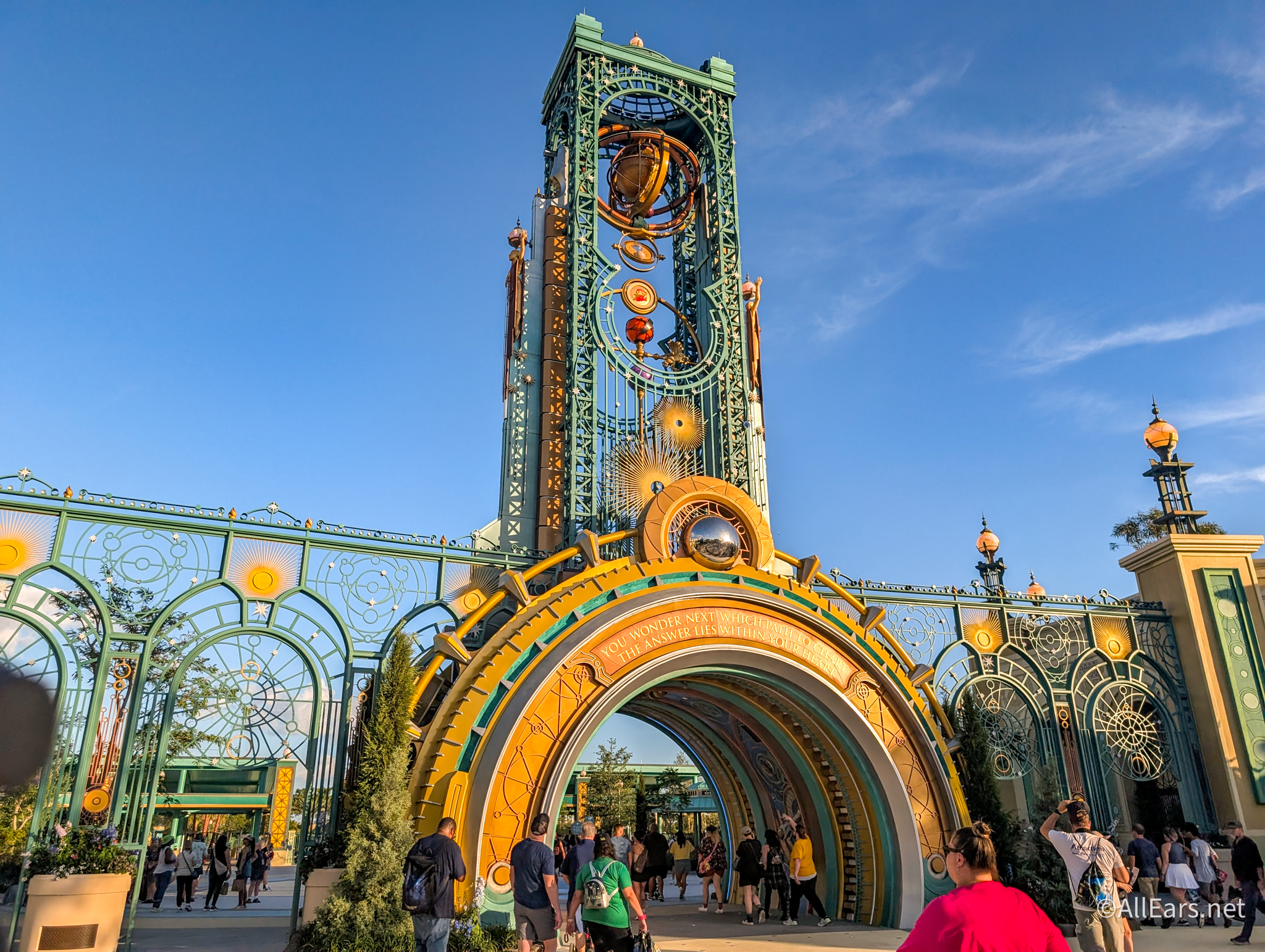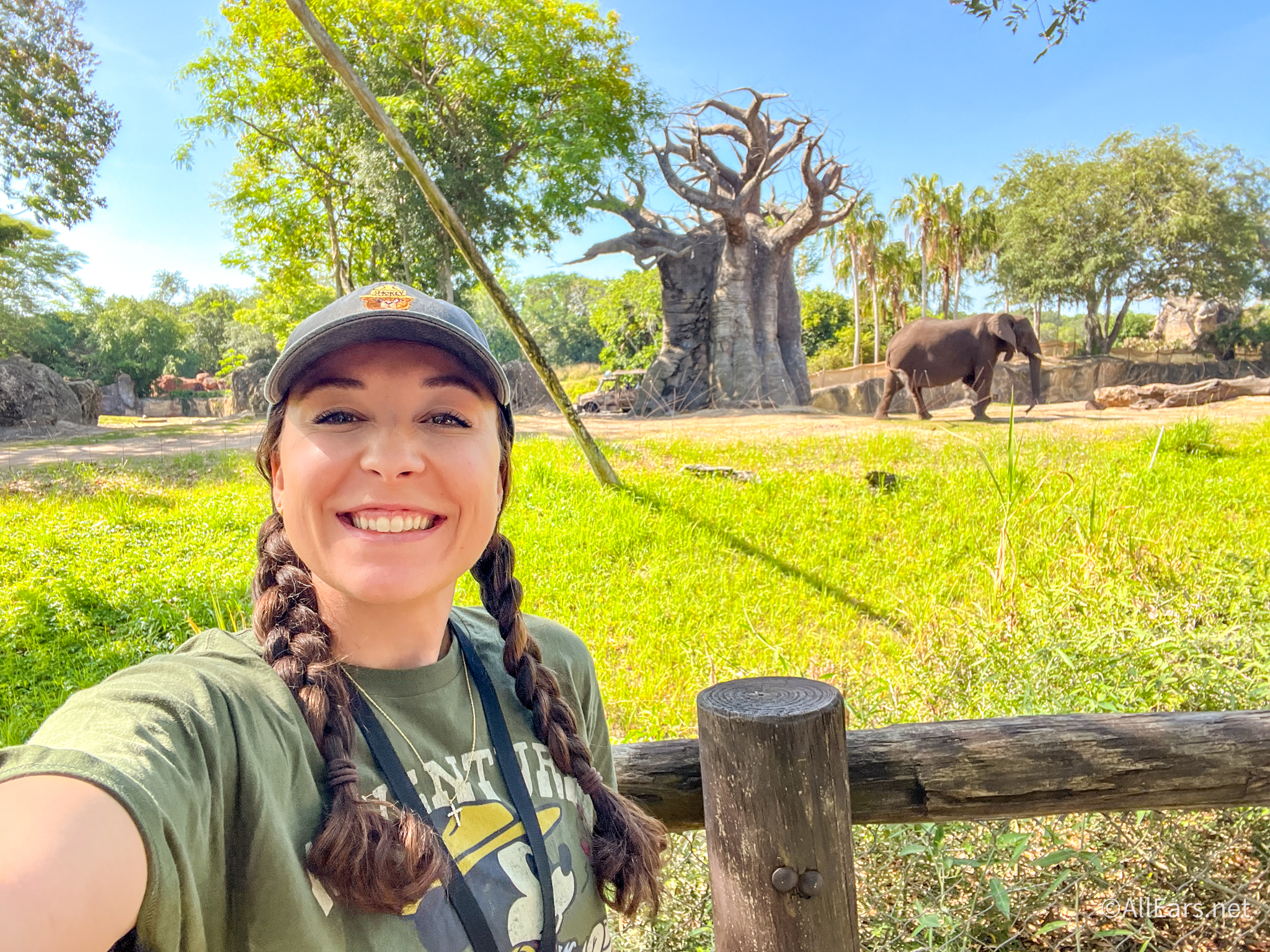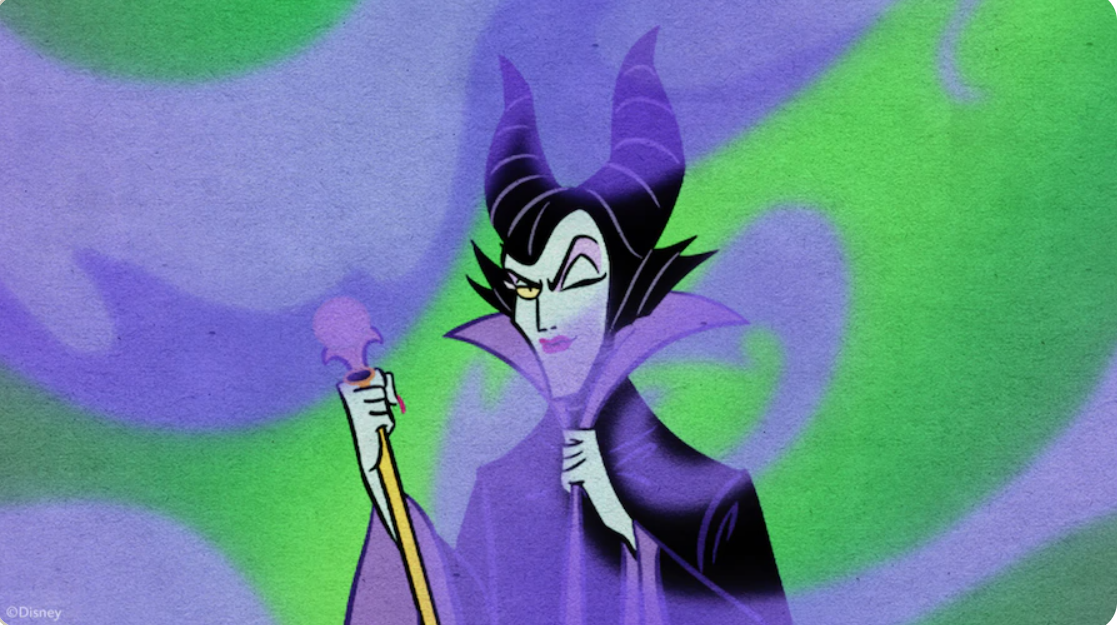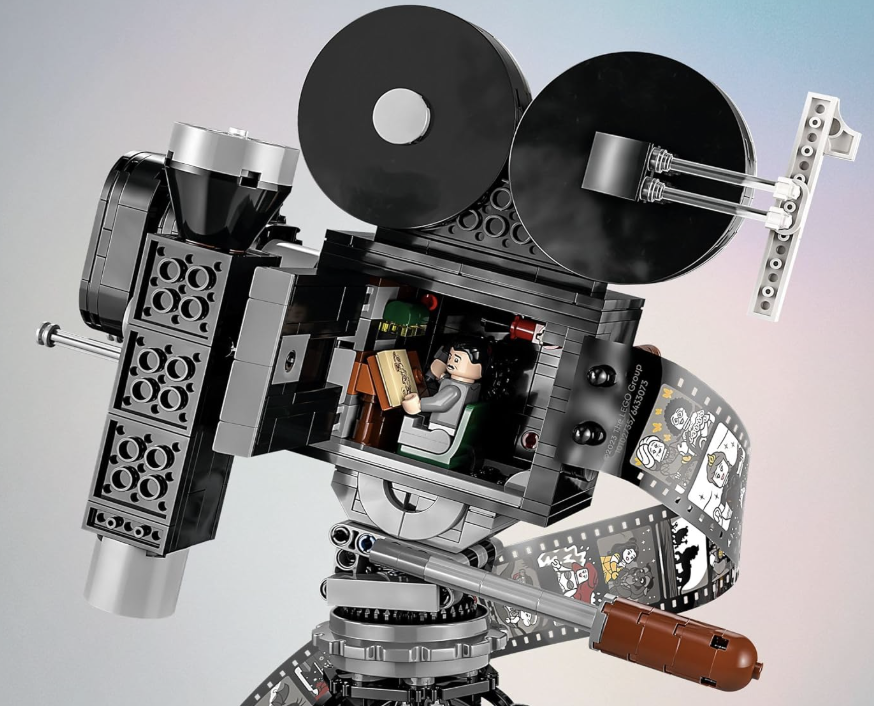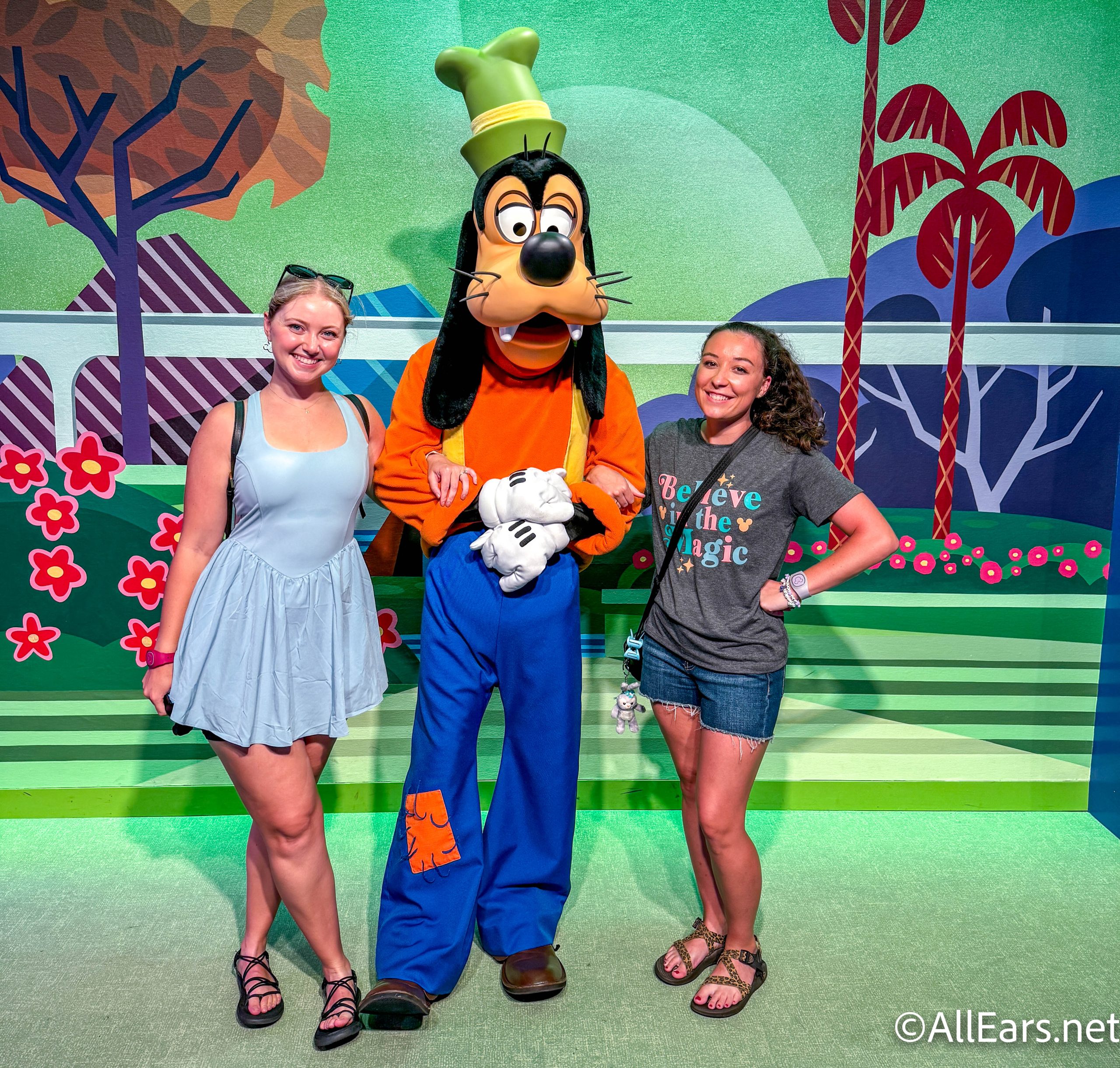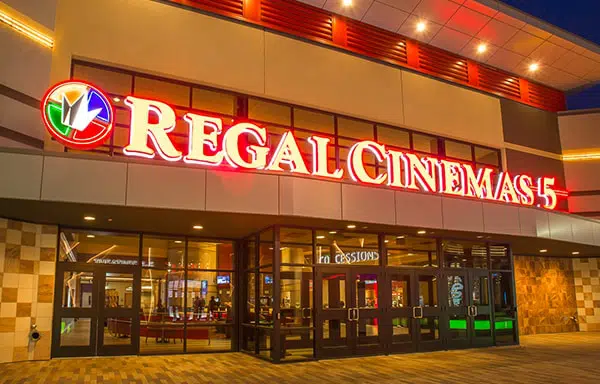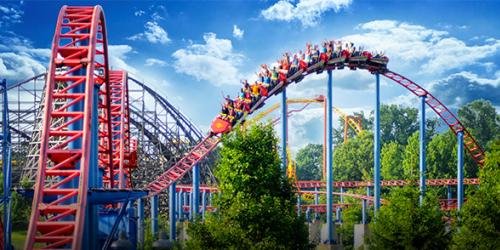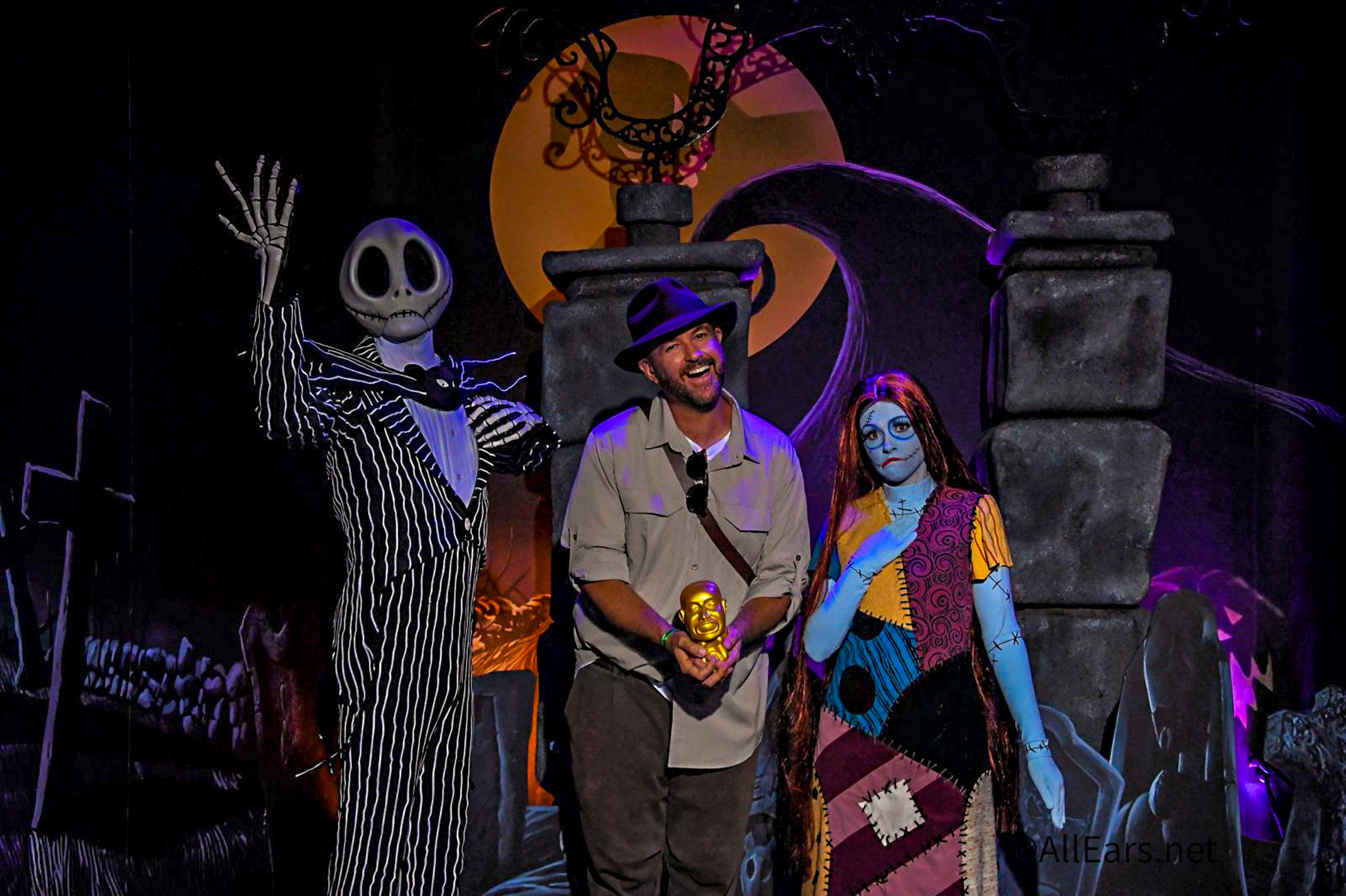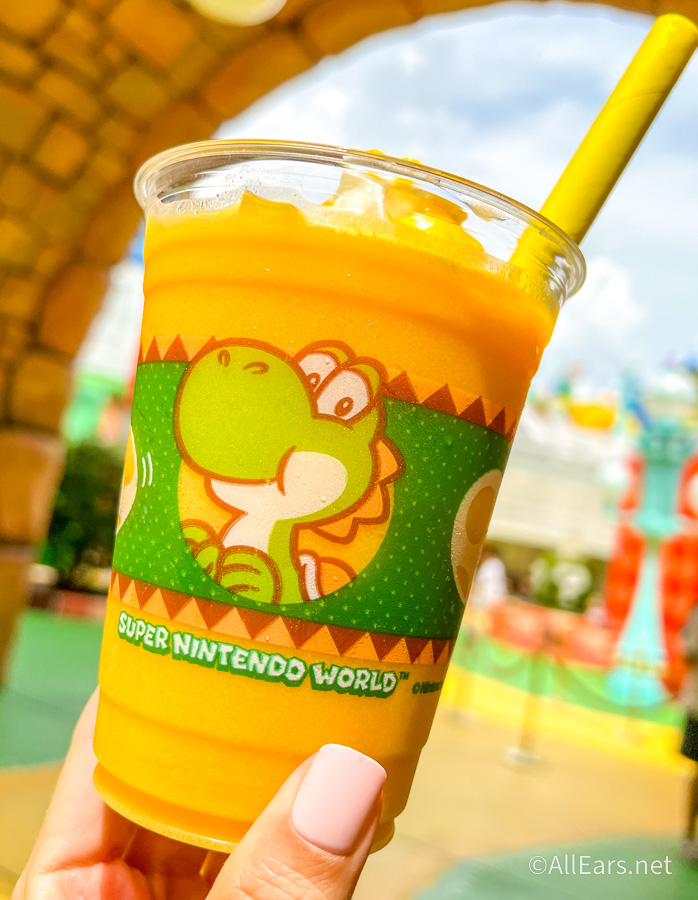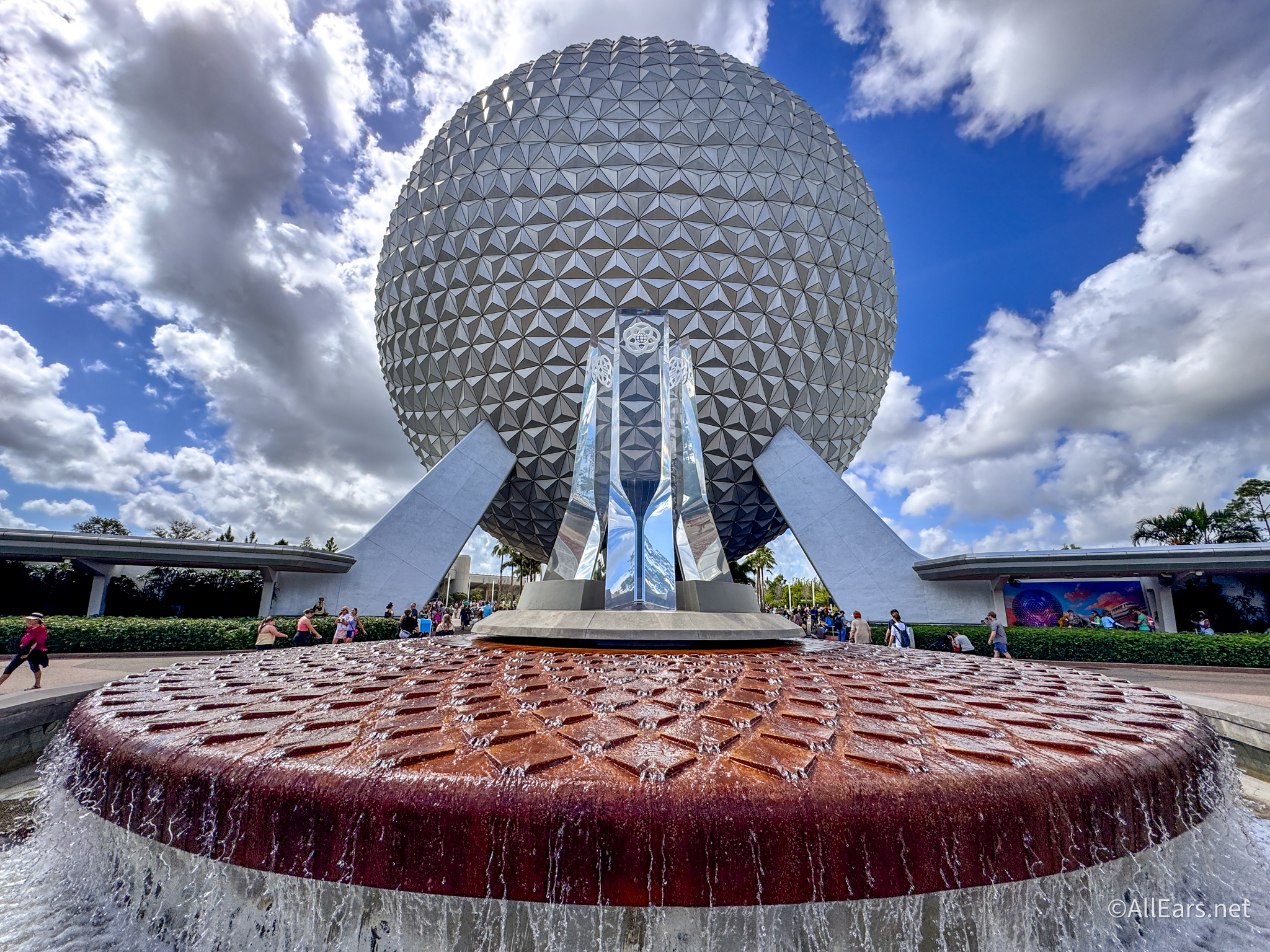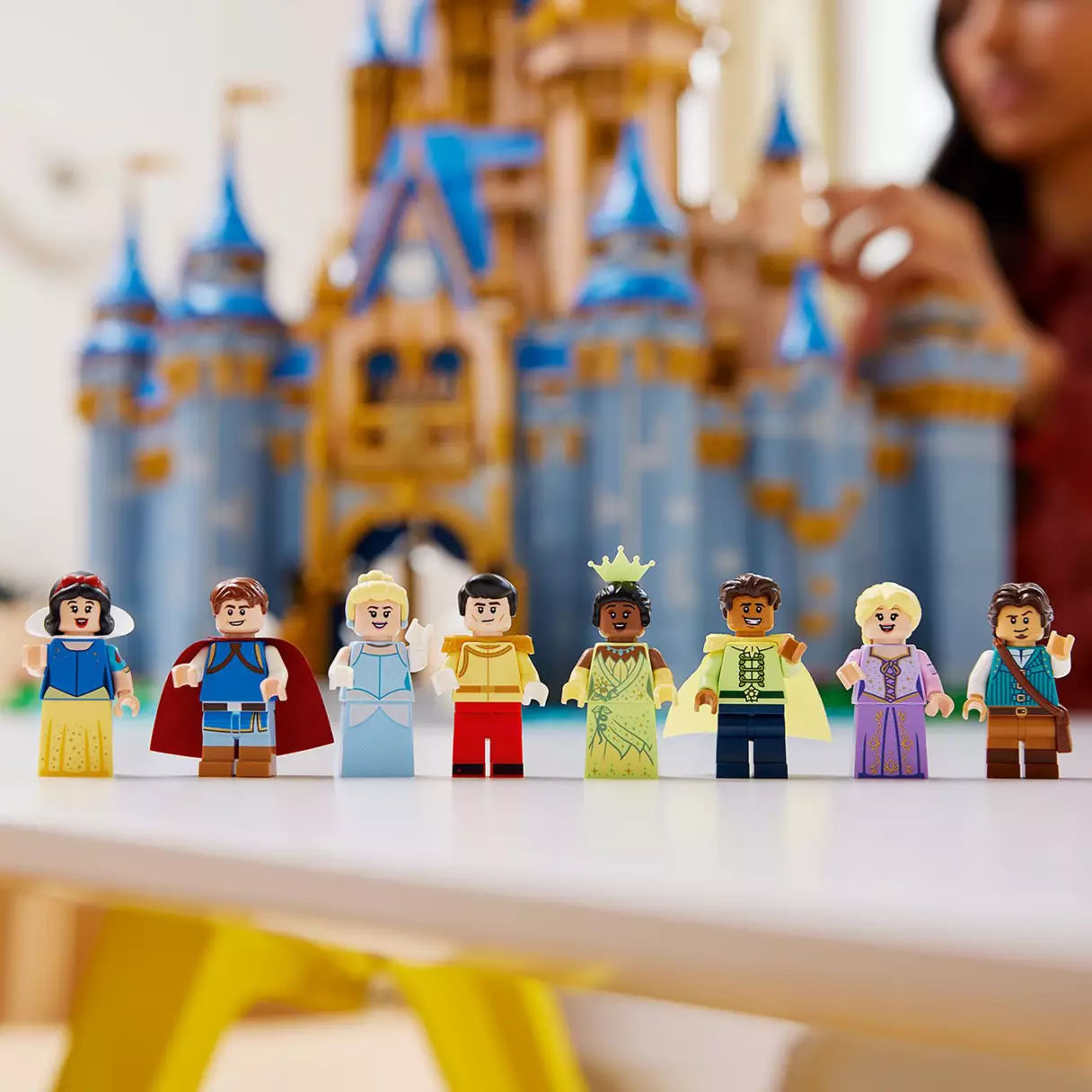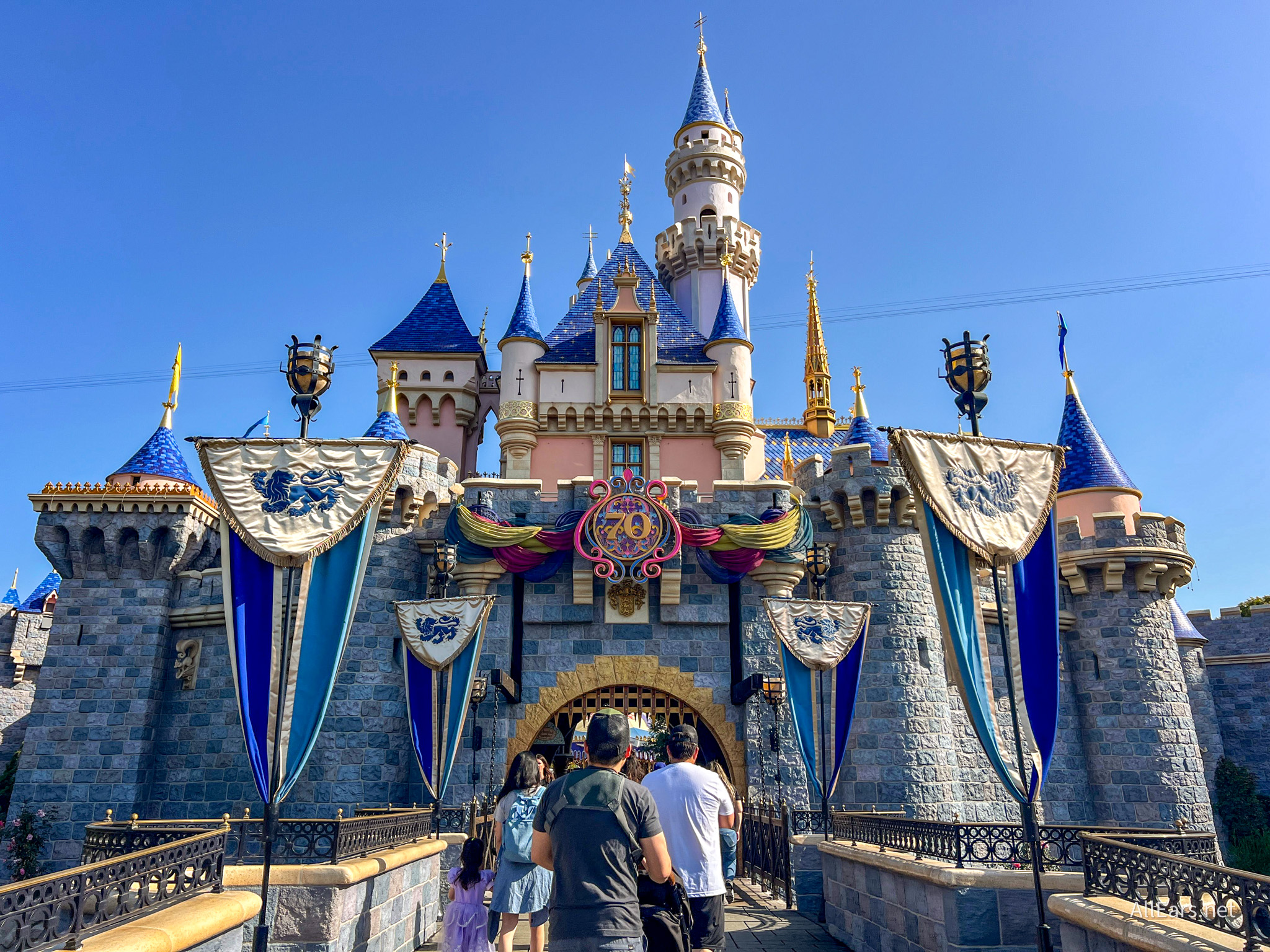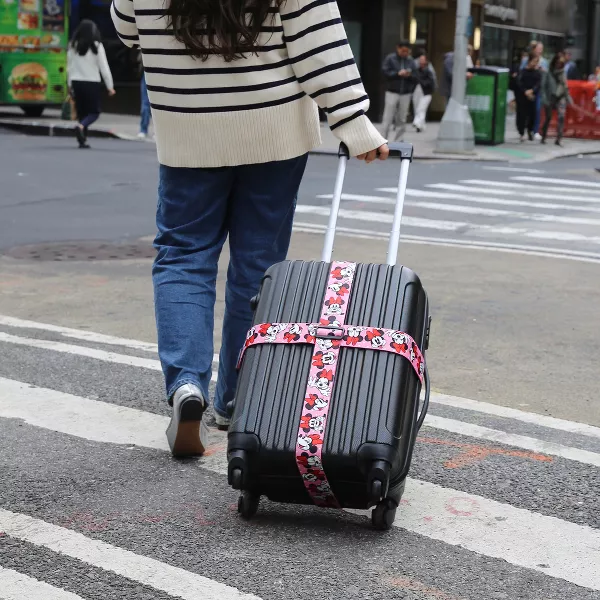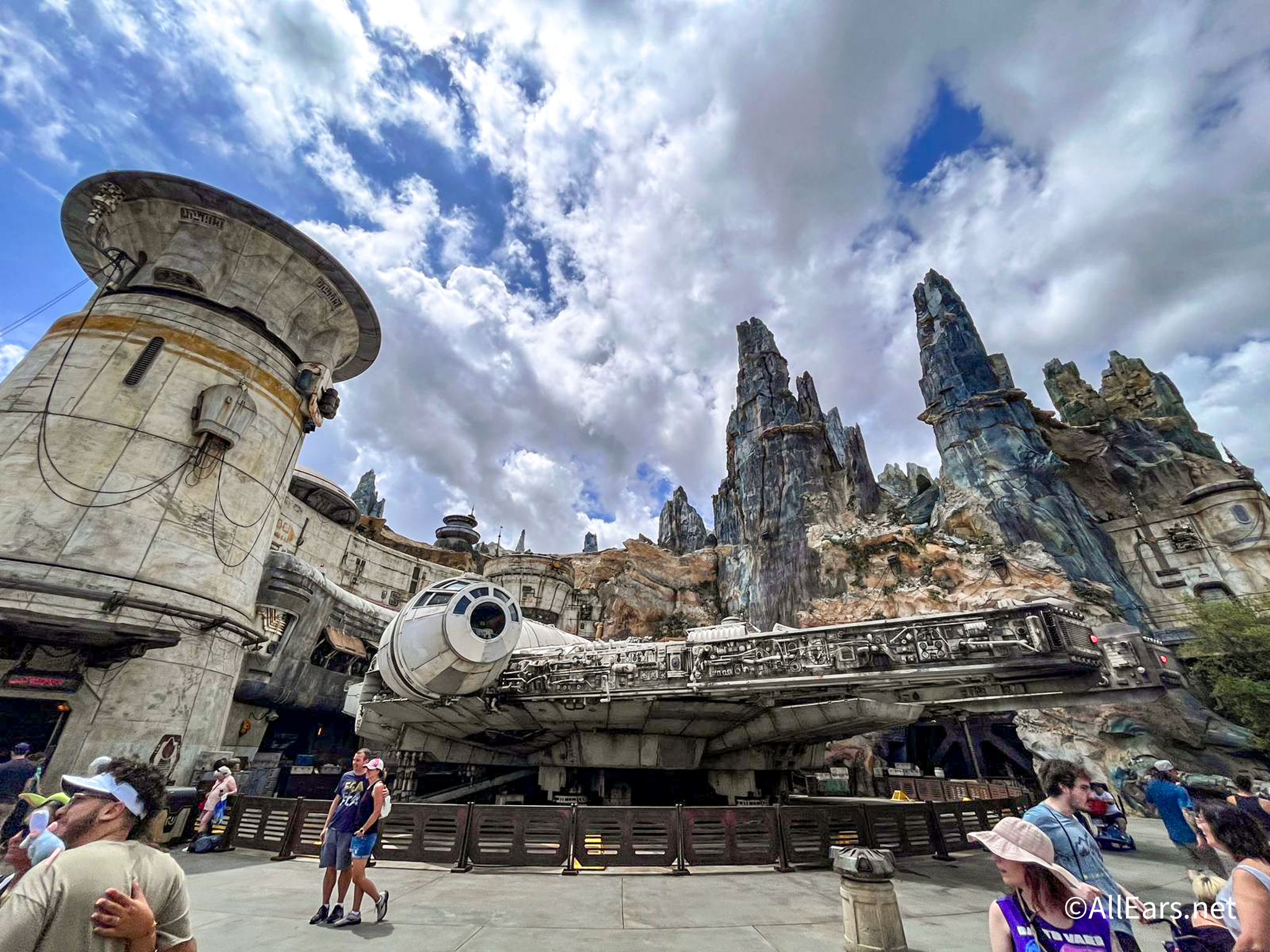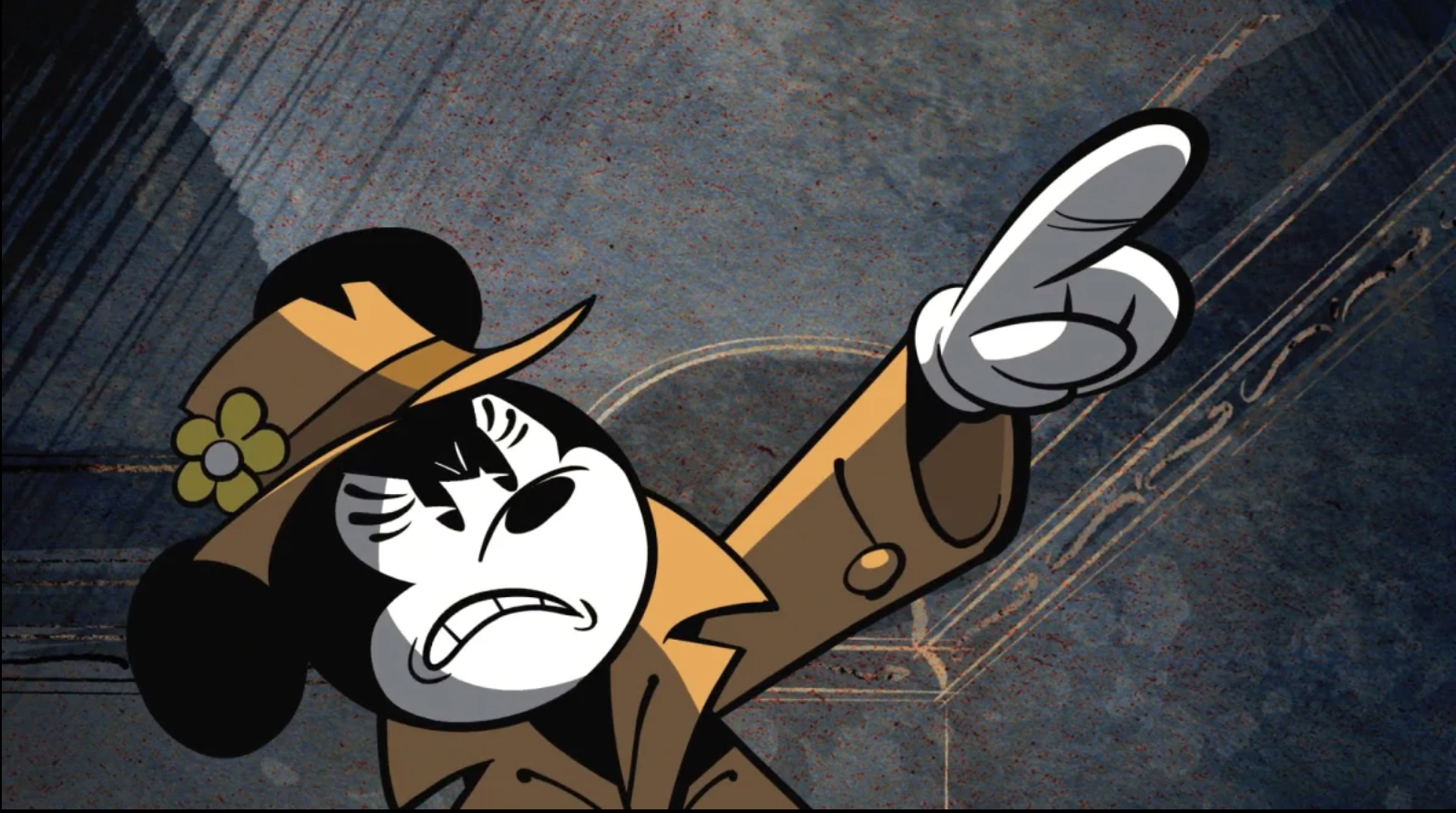Walt Disney World Chronicles: The Epcot that Disappeared
by
Jim Korkis
Feature Article
This article appeared in the May 5, 2020 (#1077) edition of ALL EARS®
Editor’s Note: This story/information was accurate when it was published. Please be sure to confirm all current rates, information and other details before planning your trip.
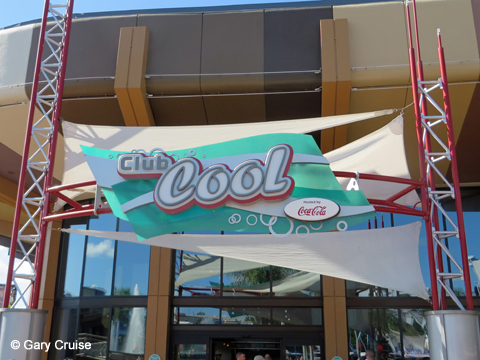
Epcot is undergoing a massive transformation at a rapid pace with things disappearing and new things coming soon. Of course, Disney theme parks are living entities that are constantly undergoing changes and in its almost 40 years of existence, Epcot has seen many things vanish.
I thought it might be fun to look back at three things that we all took for granted might be at Epcot forever but are now just memories:
Ice Station Cool/ Club Cool
As another example of Disney’s long relationship with Coca Cola, Ice Station Cool opened in June 1998 with a themed entrance near the Innoventions Fountain. It closed on June 6, 2005.
Disney has had a long relationship with Coca-Cola since it was one of the original lessees at Disneyland in 1955 and became the sole soft drink provider for the Disney theme parks in 1982 when it started sponsoring the American Adventure pavilion at Epcot.
Welcome to Ice Station Cool, the most refreshing place on Earth! Coca-Cola “Coolologists” have been searching the globe non-stop for years, hoping to discover the origin of cool. This place is a re-creation of one of the Coolologist’s recent Refreshus Maximus (Maximum Refreshment) expeditions.
The name of the location had been inspired by the 1963 Alistair MacLean novel Ice Station Zebra about a British meterological station built on an ice floe in the Arctic Sea that was made into a popular 1968 movie. The idea came from the actual Ice Station Alpha and Ice Station Bravo that were established in the Arctic during The International Geophysical Year 1957-1958.
Another inspiration for the theming was the “The Iceman”, a 5,300 year old corpse discovered September 19, 1991 on the border of Italy and Austria (in the Alps) who had been buried in ice since the Neolithic Era and was completely preserved including items like his dagger and a copper axe.
“The story (of Ice Station Cool) is a group of archeologists made this discovery high in the sub-arctic,” said principal production designer Kerry Gilman. “But El Nino caused the ice to melt, so Refreshus Maximus (the name given by the expedition to the frozen Neanderthal) found reaching for a bottle of The Real Thing was brought to be preserved and studied at Epcot, the land of discovery.”
Guests entered a snow cave opening just past a snow cat and exterior misters exuding a fine, cold spray. Going through sliding doors and hanging freezer flaps, they find themselves in an insulated concrete tunnel featuring the remains (behind glass) of a recently discovered frozen Neanderthal from “a 30,000 year old highly civilized and now highly frozen refreshment culture” in a faux ice wall.
Throughout the 85-foot-long cave, a snow machine pumped four tons of shaved ice per 12-hour period. That equals 240 cubic feet, roughly the equivalent of a 10-by-20-foot room covered in a foot of flurries and must be cleared out every night. A two-inch trough was placed below special floor grates to catch any melting flakes so that the area did not become flooded.
The retail location was renovated as Club Cool and opened on November 14, 2005 and closed on September 2019. Much like the World of Coca-Cola in Coke’s corporate headquarters in Atlanta, Georgia the shop allowed guests to purchase Coke-themed merchandise souvenirs as well as offering unlimited free samples of different variations of the classic beverage from around the world.
Those offerings included:
Italy – Beverly — A bitter flavor but is a popular non-alcoholic aperitif.
Greece – Fanta Pineapple — One of ninety different Fanta flavors, this caffeine-free offering has a sweet pineapple taste.
Thailand – Fanta Melon Frosty
Japan – Vegitabeta — A non-carbonated apricot and passion fruit mix
South Africa – Bilbo — Fruit flavored lime juice
Zimbabwe – Sparletta – Raspberry flavored cream soda
Peru – Inca Kola — A sweet fruity flavor some say is like bubblegum.
Brazil – Gurana Kuat — Guarana berry flavored
Body Wars
Both Star Tours and Body Wars attractions use a simulator (Rediffusion ATLAS-Advanced Technology Leisure Application Simulator) that consists of a cabin supported by six servo actuators (“legs”).
The actuators are powered hydraulically and driven automatically using electrical drive signals received from a free-standing motion-control cabinet.
The actuators provide “six degree of freedom movement” so the cabin can be moved in planes representing heave, surge, and sway and in axes representing pitch, roll and yaw independently or in any combination.
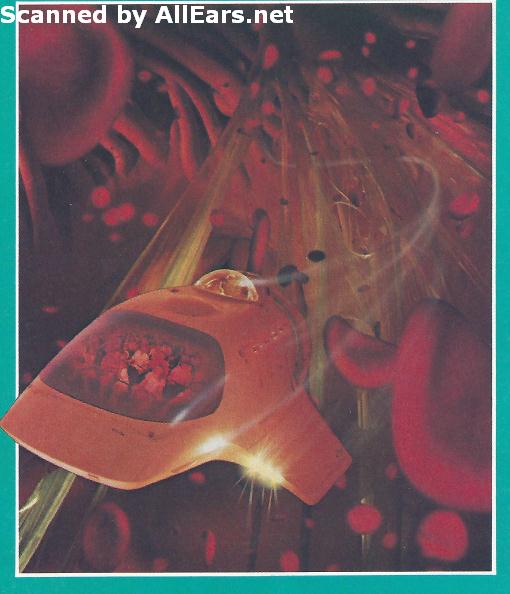
In fact, the success of Star Tours in 1987 inspired the Imagineers to try developing an “inner space” attraction of a miniaturized submarine-like probe journeying through a patient’s body just like in the film Fantastic Voyage (1966) for the “Wonders of Life” pavilion at Epcot in 1989.
The new attraction was called Body Wars most likely because WDW guests called Star Tours just Star Wars.
The probe’s captain, Jack Braddock (Tim Matheson from Animal House) set out on a routine medical mission with a crew of civilian observers accompanying him. The submarine and crew were miniaturized by a “particle reducer” to the size of a single cell and beamed inside the human body to rendezvous with Dr. Cynthia Lair (Elizabeth Shue who starred in Disney’s Adventures in Babysitting), an immunologist who also has been miniaturized to study the body’s response to a splinter lodged beneath the skin.
Unfortunately, the mission becomes a high-speed race against time when Dr. Lair is swept from the splinter site into the rush of the bloodstream.
Through the pounding chambers of the patient’s heart and through the lungs’ gale-force winds, the ship rode the body’s current in an effort to rescue Dr. Lair. Even after she was safely on board, there are still problems when the ship loses power and heads toward the brain in search of emergency power and escape.
The film was directed by Leonard “Mr. Spock” Nimoy who had recently finished directing Touchstone’s Three Men and a Baby (1987). With anatomical images produced by computer graphics and special effects film techniques, it was a remarkably realistic experience.
“Even though Body Wars is the shortest film I’ve ever directed, it presented a new set of challenges,” said Nimoy at the time. “We had to take into account that the film will be shown inside a moving theater — the simulator. So, in order to intensify the sense of motion, we built a set that actually moves, and rocked it during filming to match the pitching and rolling of the simulator.”
When the ride was being programmed, an Imagineer watched the film repeatedly while moving a computer joystick to indicate movement and to synchronize the ride and the film.
Since the story of the attraction was that guests were in the bloodstream, the Imagineers also programmed in movement to mimic the beat of a pulse. That additional movement may be the movement that unsettled countless guests who had survived a similar experience on Star Tours without any ill effects.
Some Walt Disney Imagineers felt that it was just the images of being inside a human body with all the yucky “blood and guts” that generated feelings of unease.
The attraction officially closed when the Wonders of Life pavilion closed on January 1, 2007. The simulators were eventually stripped for parts for the Star Tours attraction at Disney’s Hollywood Studios, so it would be very difficult for Body Wars to once again be brought back to life and rush through the circulatory and respiratory systems and make guests queasy.
Astuter Computer Revue
Here is a real “oldie” that only die-hard Epcot fans might remember and perhaps only a few readers experienced.
In 1969, an RCA press release stated that for their planned involvement in the Walt Disney World project the “focal point of WEDCOMM (Walter E. Disney Communications Oriented Monitoring and Management System) would be the RCA System Communication Center, open to the public as a highlight of the Tomorrowland area of the new Theme Park.”
To help WDW guests understand about computers, RCA was going to produce a show designed by Imagineer John Hench tentatively titled Alice in Computer Land. However, when RCA sold its computer division to Sperry Univac (which later became UNISYS), RCA decided to sponsor a different attraction, Space Mountain.
Sperry Univac went on to sponsor another attraction based on a revised version of Hench’s concept that would help WDW guests understand about the use of computers to run the Walt Disney World theme park. The attraction was the infamous Astuter Computer Revue that premiered with the opening of Epcot on October 1, 1982, in the CommuniCore East building.
Along the back wall of Epcot Computer Central was a long ramp which led up to a second-floor terraced theater that overlooked a huge room where the park’s computers were housed behind large panes of glass. Guests stood to watch the show.
The singing and dancing host for the show, who tried to explain the function of these computers in running Epcot, was performer Ken Jennings who was also performing as “Earlie the Pearlie,” a Cockney pearly busker from the United Kingdom pavilion.
At the Epcot show, guests were shown Jennings performing in the Rose and Crown Pub in the United Kingdom Pavilion and then being electronically transported into the computer room where he was shrunk down to roughly a foot high. He was able to strut across the top of the computers without interrupting the cast members working in the location.
This was done through an effect known as “Pepper’s Ghost” where his image looked like he was in the computer room.
“We used the same effect (as in the Haunted Mansion), and it was very effective for the little dancing person on the computers,” Imagineer George McGinnis explained to Disney enthusiast Lou Mongello. “But Tom Fitzgerald secured the people for the parts and all. I laid out the area underneath the guests where the monitors and all the special effects were moving around, unseen by the guests.”
During the course of the show (and its successor Backstage Magic), an Audio-Animatronics figure of Mr. Eggz from the Kitchen Kabaret was used (with the same Pepper’s Ghost effect) to demonstrate how Audio-Animatronics figures were programmed and operated. At the end of the show, Jennings was returned to full size and transported back to the United Kingdom pavilion.
The Sherman Brothers were called back to the Disney Company by Imagineer Marty Sklar to write a song to explain about being a “rooter for the computer” that many guests have forgotten. Astuter Computer Revue was the first attraction to officially close at Epcot in 1984 and was replaced a month later by a similar but less musical show entitled Backstage Magic.
That show had a perky female hostess named “Julie” (who through the magic of the Pepper’s Ghost effect was also shrunk to a foot high and walked on top of the computers) and her little electronic companion I/O (Input/Output). That version closed in October 1993.
Since then, the Epcot computer operation has become much smaller and decentralized and as people joke, the function of all those big mainframes when Epcot first opened could probably today be handled on a laptop.
I love looking back at things that used to be at Epcot like Cranium Command or the Universe of Energy (and the free comic book, Mickey Mouse and Goofy Explore the Universe of Energy, that was given out in the early years). If you would like me to do another column on the Epcot that disappeared, please let me know.

